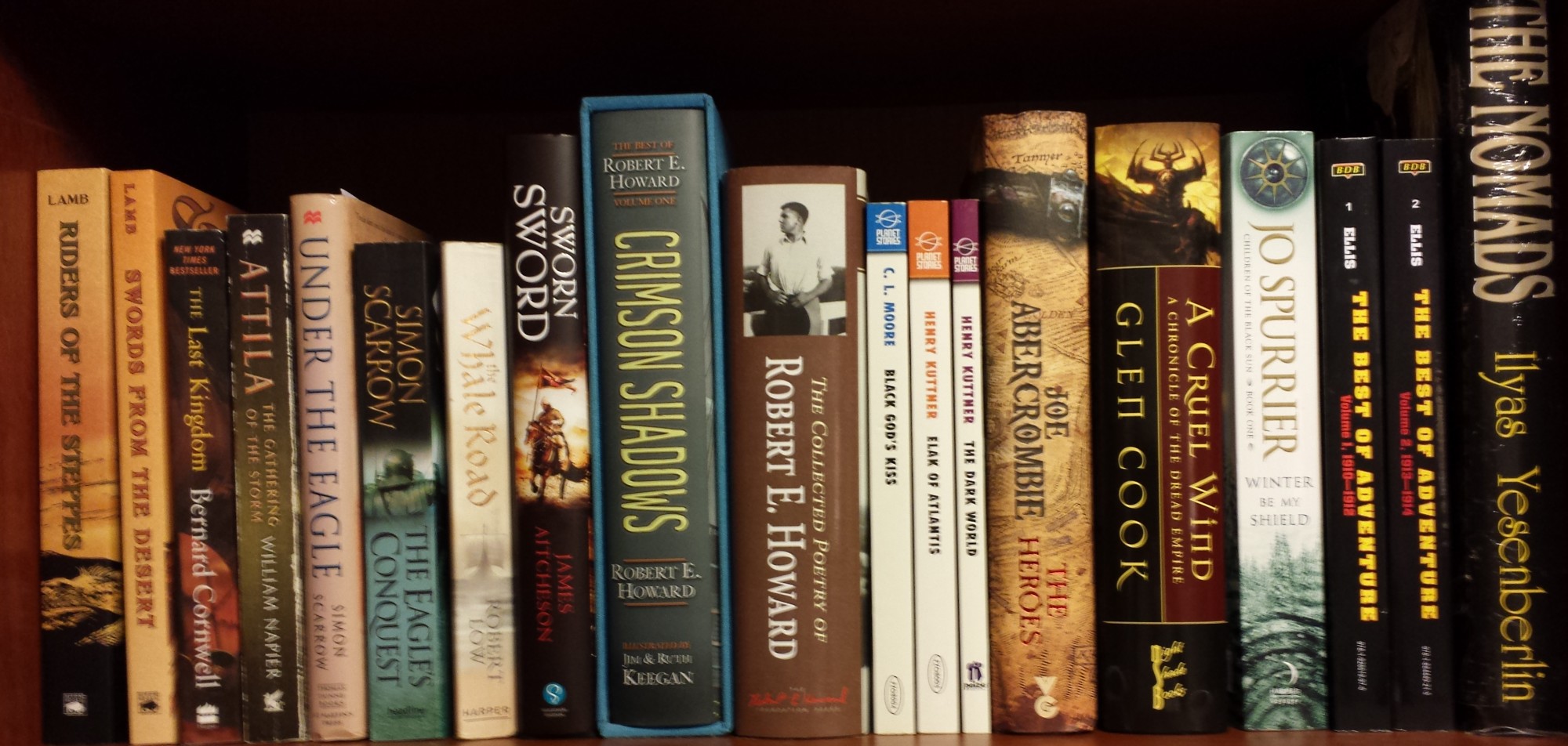 “The Halfling”
“The Halfling”
Originally published in Astonishing Stories, Feb. 1943
Despite the fact that it wasn’t included in The Best of Leigh Brackett, “The Halfling” is one of her most reprinted stories and provided the title to one of her collections.
This is one of Brackett’s most hard-boiled stories. I read it for the first time as a teenager, and it blew me away. When I reread it for this post, I was still moved even though it had been years since the last time I’d read it.
It’s also one of her most tragic tales. The story is set entirely on Earth, but the themes of colonialism and cultures in conflict that show up in her best work appear here as well.
John Damien “Jade” Greene is the owner of a somewhat seedy carnival specializing in interplanetary exhibits. Currently the carnival is set up on the beach near Venice, California, where Jade grew up. We know from the opening scene that his life hasn’t been as fulfilling as he would like. We also know that when a gorgeous woman calling herself Laura Darrow approaches him and asks for a job as a dancer, she’s going to be trouble, especially when she tells him a story about needing to get to Venus (the carnival’s nest stop) and has lost her passport.
 Jade hires Laura after her audition. His current dancer, Sindi, a Martian, isn’t happy. Neither is Laska, a cat-man from Callisto. The cat-men are pretty isolationist, but they form strong and permanent addictions to coffee. Laska is traveling with the carnival because it allows him a steady supply of coffee.
Jade hires Laura after her audition. His current dancer, Sindi, a Martian, isn’t happy. Neither is Laska, a cat-man from Callisto. The cat-men are pretty isolationist, but they form strong and permanent addictions to coffee. Laska is traveling with the carnival because it allows him a steady supply of coffee.
Things initially go well the first week. Laura’s dancing draws in the customers, especially after a celebrity is seen there with someone else’s spouse and the ensuing scandal gives the carnival some free publicity. You can tell Brackett was drawing on her time in Hollywood. Laura dances like no one Jade as ever seen.
She was sunlight, quicksilver, a leaf riding the wind – but nothing human, nothing tied down to muscles and gravity and flesh. She was – oh hell, there aren’t any words. She was the music.
By the end of the week, he’s helplessly in love.
 And of course that’s when the trouble starts, everything goes wrong, and people start dying.
And of course that’s when the trouble starts, everything goes wrong, and people start dying.
SPOILER ALERT
I’m going to discuss the rest of the story after the READ MORE break. If you’ve come to this page directly from a link rather than the main page of this site, I’m going to include a few remarks before I give away too many of the surprises.
“The Halfling” is currently available in ebook form from Baen in the collection Beyond Mars. Continue reading →
 “Black Amazon of Mars” appeared in its original form in Planet Stories, March 1951. It was later expanded into the short novel The People of the Talisman (1964). This post will review just the original version. I’ll save comparison of the two for another day.
“Black Amazon of Mars” appeared in its original form in Planet Stories, March 1951. It was later expanded into the short novel The People of the Talisman (1964). This post will review just the original version. I’ll save comparison of the two for another day.












